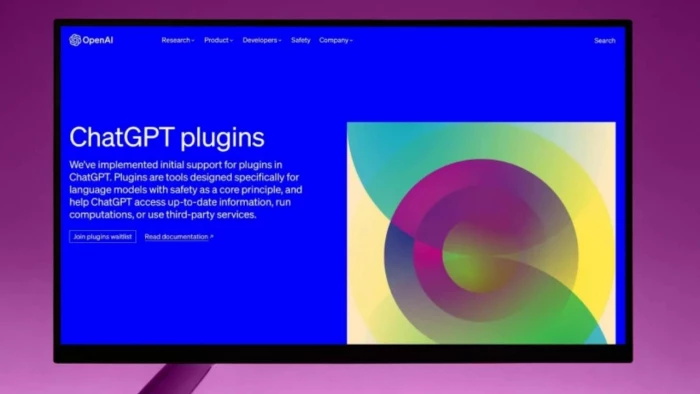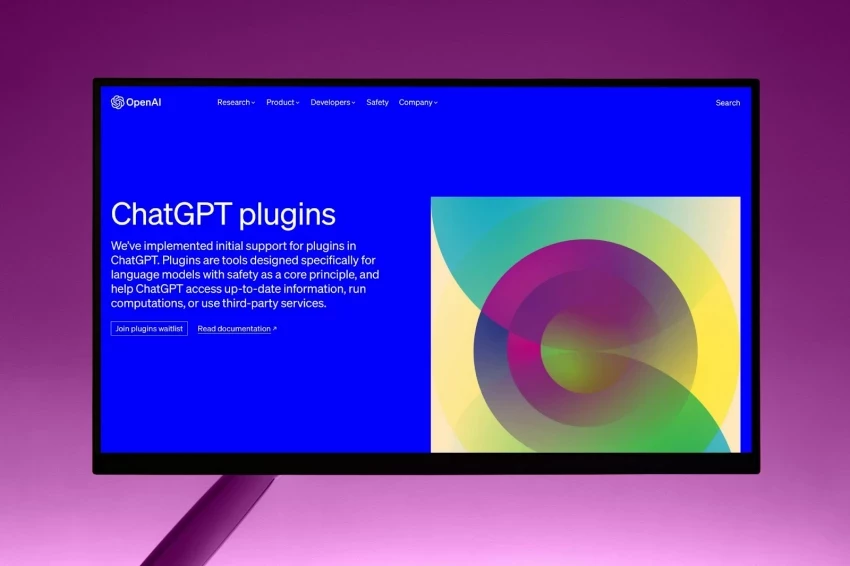

OpenAI is taking a major step to protect teenagers by introducing stricter safety measures on ChatGPT. For the first time, the company is placing safety above both user privacy and freedom—at least when it comes to minors. The updated system will automatically filter out explicit content and block any kind of flirtatious or inappropriate responses when a user is identified as being under 18. In cases where self-harm or suicide is even vaguely suggested, ChatGPT will trigger a more serious response—potentially involving alerts to guardians or even authorities in life-threatening situations.
To enforce these safeguards, OpenAI is rolling out an age estimation model that uses conversation cues to guess the user’s age. If there's uncertainty, the system will default to safer settings. For the first time, parents can create supervised accounts for their teens, gaining access to tools like scheduled downtime, which cuts off access during certain hours—features that were not previously available.

This shift toward tighter controls is driven in part by real-world tragedy. The 2023 suicide of teen Adam Raine, whose family claims he was negatively influenced by ChatGPT, sparked public outcry and legal scrutiny. The incident, paired with a U.S. Senate hearing and growing pressure from safety advocates, pushed OpenAI to act. The goal is not just to update policies, but to lead industry-wide reform in how AI platforms handle vulnerable users.
OpenAI admits this new direction raises difficult questions about privacy, freedom, and responsibility. While adult users will continue to enjoy strong privacy protections—similar to doctor or lawyer confidentiality—teens will now face more oversight. According to the company, the decision reflects a hard but necessary trade-off: protecting young users from potential harm takes precedence over preserving full digital freedom.
With increasing scrutiny from governments, families, and educators, OpenAI’s new approach represents a key turning point in the relationship between generative AI and its youngest users. The focus is now on responsibility, caution, and proactive care—marking a cultural and technological shift that could shape industry norms for years to come.
Be the first to post comment!